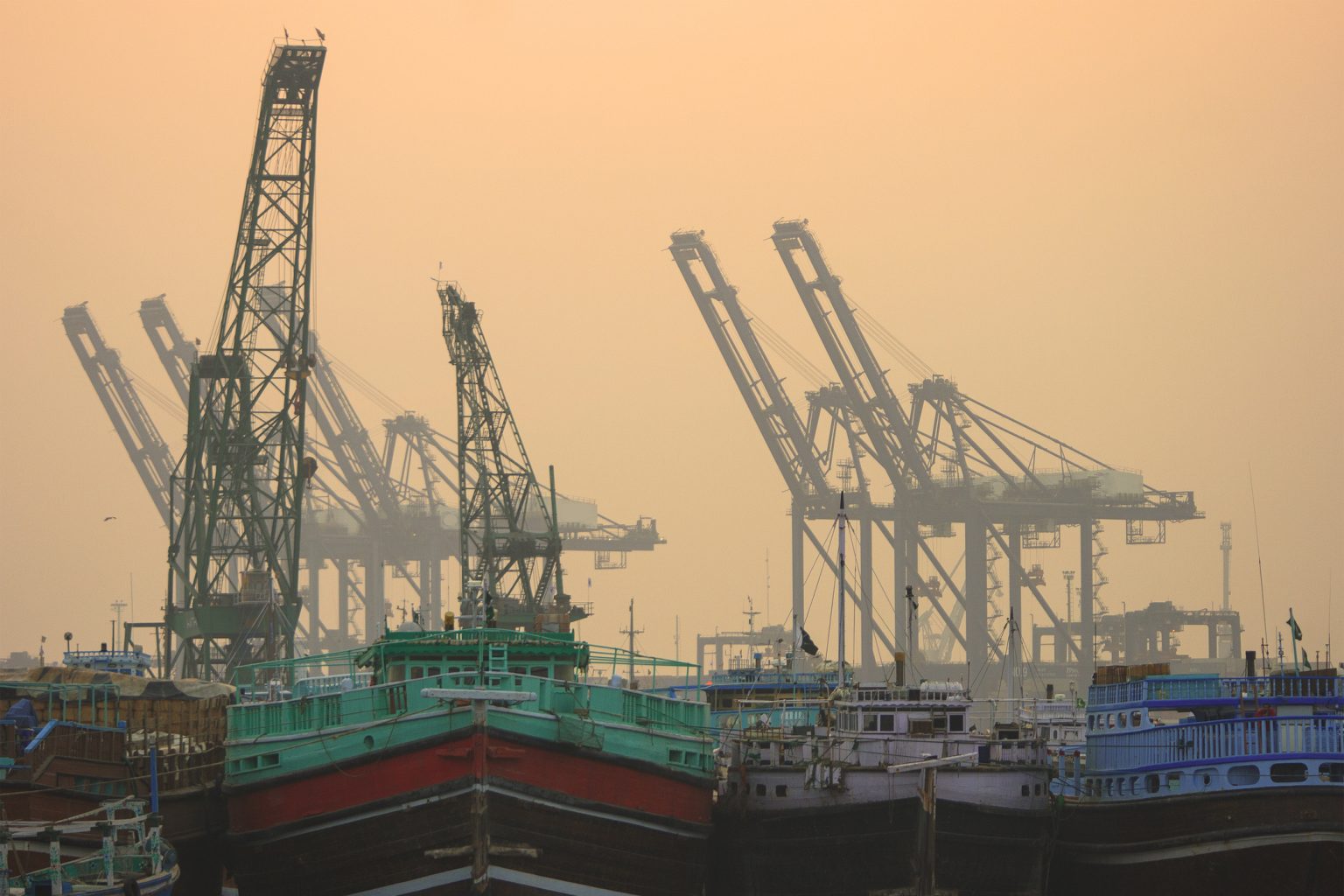Ports have long served as the silent engines of India’s growth story, shaping trade routes, powering industries, and fostering regional development. Recognizing their strategic importance, Parliament has passed the Indian Ports Act, 2025, replacing the colonial-era Indian Ports Act of 1908. This reform is a landmark in maritime governance, anchoring efficiency, sustainability, and cooperative federalism at the heart of port-led growth. The Act is designed to transform ports from being mere transit hubs into catalysts for economic momentum, employment generation, and global competitiveness.
The Indian Ports Act, 2025, arrives at a time when India’s maritime sector has been undergoing rapid transformation. Ports in the country handle nearly 95% of EXIM cargo by volume and about 70% by value, making them central to India’s logistics backbone. With 12 major ports and over 200 non-major ports dotting the nation’s 7,500 km coastline, the sector plays a pivotal role in facilitating trade and supporting industrial corridors. Over the past decade, major ports have modernized significantly, improving capacity and performance to align with global benchmarks. This momentum has not only enhanced domestic connectivity but also boosted India’s standing as a maritime power.
A key highlight of the Act is the creation of the Maritime State Development Council (MSDC) as a statutory consultative body. The MSDC institutionalizes coordination between the center and coastal states, ensuring structured planning and integrated development. This is a significant step in strengthening cooperative federalism, where both state maritime boards and central authorities work together to align growth with local needs and national objectives. The legislation thus empowers states to take a more decisive role while maintaining uniformity with global standards.
The Act also places strong emphasis on sustainability, safety, and disaster readiness. Mandating global green norms and embedding environmental safeguards brings Indian ports in line with international best practices. From reducing carbon footprints to ensuring preparedness for natural calamities, the reforms aim to create resilient and future-ready maritime infrastructure. This is not only crucial for protecting coastal ecosystems but also for enhancing investor confidence in India’s maritime sector.
Digitalization is another transformative feature embedded in the Indian Ports Act, 2025. Through initiatives like the Maritime Single Window and advanced Vessel Traffic Systems, port operations will become more transparent, streamlined, and efficient. Simplified procedures, reduced congestion, and lower operational costs are expected to directly boost Ease of Doing Business (EoDB). These reforms are designed to attract private investment, facilitate trade, and create an ecosystem where India’s ports can rival the best globally.
Institutional and regulatory overhauls form the backbone of this legislation. It empowers dedicated state maritime boards, strengthens tariff regulation, and introduces quicker dispute resolution mechanisms to reduce bottlenecks. This integrated framework will help eliminate outdated provisions, standardize practices, and provide clarity for stakeholders. By replacing a century-old law with a contemporary system, India is ensuring that its ports operate with transparency, accountability, and long-term vision.
In essence, the Indian Ports Act, 2025, marks a turning point in India’s maritime journey. It is not merely a legal update but a blueprint for transforming ports into engines of inclusive development, strategic connectivity, and sustainable growth. By blending cooperative federalism with global competitiveness, digitalization with environmental stewardship, and modern governance with local empowerment, the Act lays the foundation for a maritime sector that can drive India’s ambition of becoming a Viksit Bharat by 2047.










